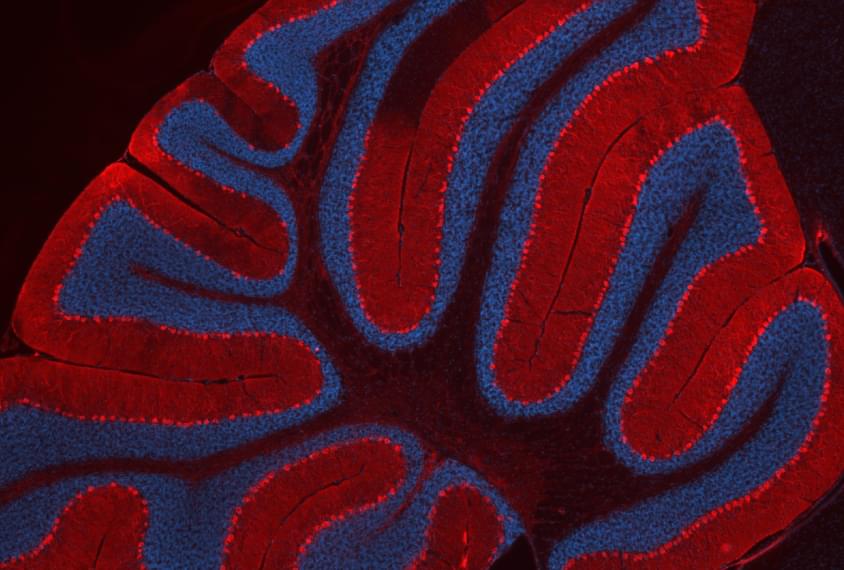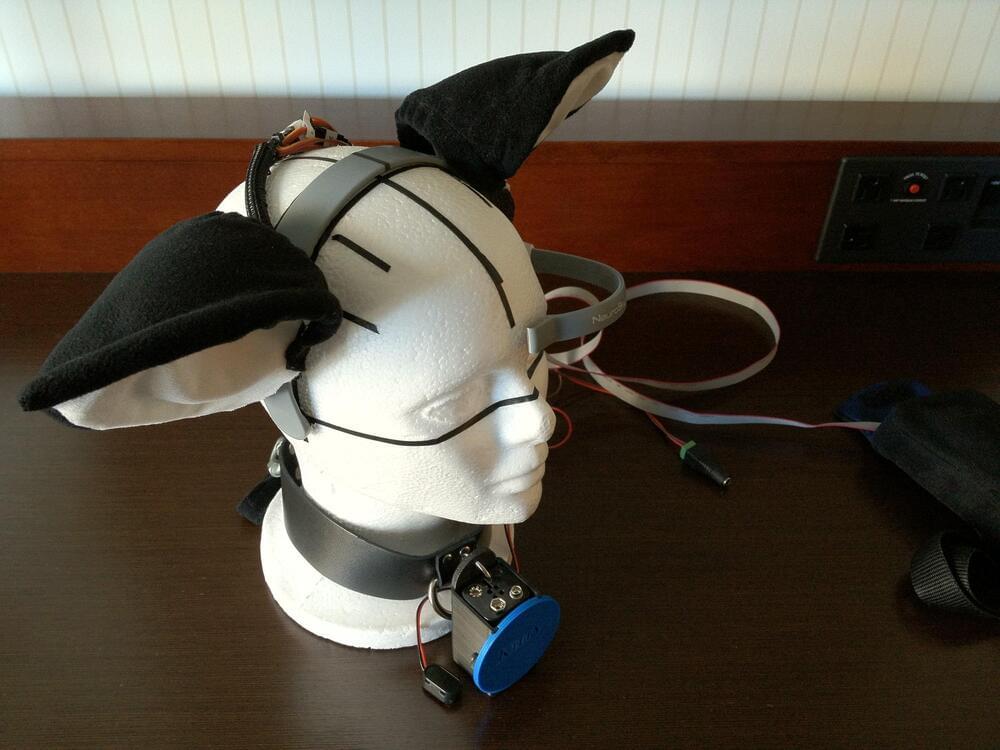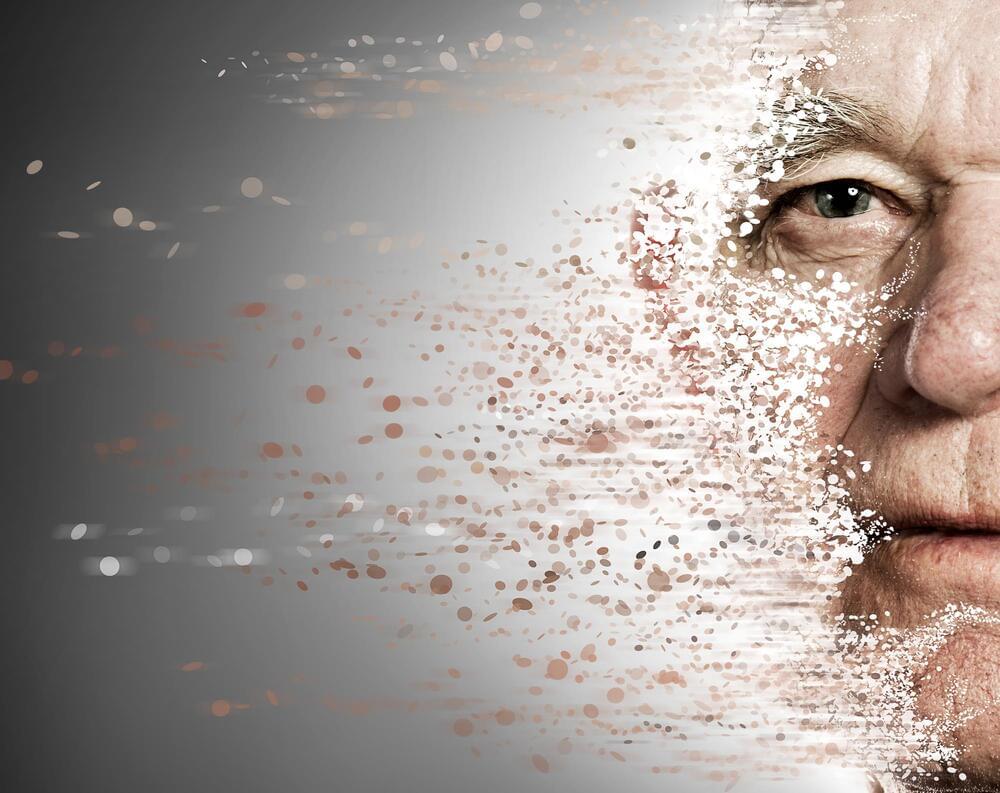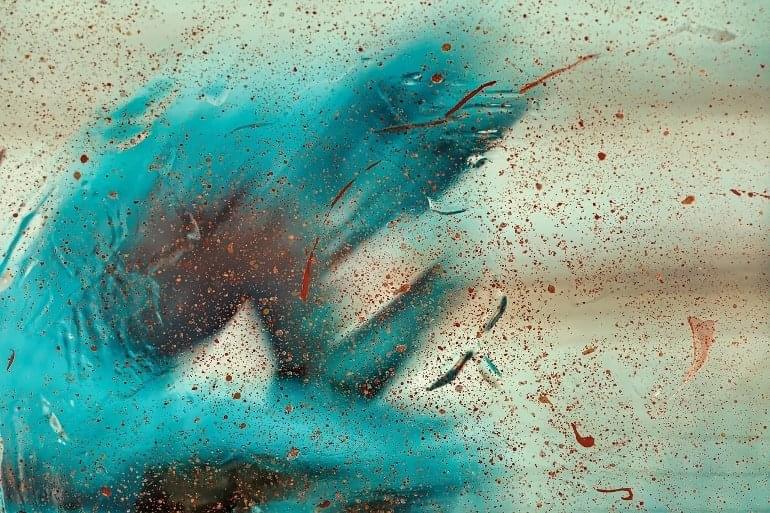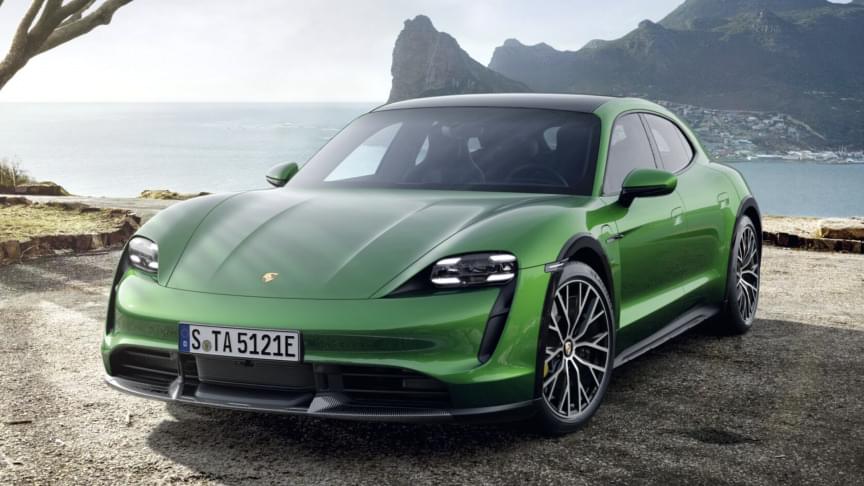The drug suppresses an overactive signaling pathway implicated in tuberous sclerosis complex.
Long Studio is a barn-style architects’ studio and home office in Maine, built by and for architecture office 30X40 Design Workshop.
The aluminium-clad studio is located on the grounds of studio founder Eric Reinholdt’s home on Mount Desert Island, off the coast of New England.
30X40 Design Workshop created the simple gabled structure as both a place to work and a practical demonstration of the office’s approach to architecture.
Q Cells has set a new world-record tandem cell efficiency of 28.7% in collaboration with researchers at Helmholtz-Zentrum Berlin using a Q.antum-based silicon bottom cell in combination with a perovskite-based top cell.
As any cat owner will tell you, a cat’s ears are great indicators of its state of mind: pointed forward if they want your attention, turned backwards if they’re angry, and folded down flat when they’re afraid. Humans sometimes don cat ear headbands as a fashion statement, but sitting motionless those ears are more likely to confuse a cat than to provide any meaningful communication.
[Jazz DiMauro] aims to fill that gap by designing a cat ear headband that actually responds to your emotions. It does so by continuously taking an EEG measurement and extracting the “attention” and “meditation” variables from it. Those values are then applied to a set of servos that allow two-axis motion on each 3D printed ear. The EEG readout device is an off-the-shelf MindWave headset, which outputs its sensor data through Bluetooth. An Arduino then reads out the data and drives the servos.
Turning all this into a usable wearable device was a project on its own: [Jazz] went through several iterations to find a suitable power source and wiring strategy until they settled on a pair of lithium-polymer batteries and a single flat cable. The end result looks comfortable enough to wear, and the ears’ motion looks smooth and natural. All that’s left is to test it with real cats, to find out if they can now finally understand their human’s emotions too.
Senolytics are an emerging class of drugs designed to target zombie-like cells that have stopped dividing and build up in the body as we age, and the past few years have seen some exciting discoveries that demonstrate their potential. Adding another to the list are Mayo Clinic researchers, who have shown that these drugs can protect against aging and its related diseases, by acting on a protein long associated with longevity.
The zombie-like cells involved in this research are known as senescent cells, and their accumulation during aging is associated with a range of diseases. Recent studies have shown that using senolytics to clear them out could serve as new and effective treatments for dementia and diabetes, and also improve health and lifespan more broadly.
The Mayo Clinic team were exploring how senolytics can influence levels of a protein called a-klotho, known to help protect older people from the effects of aging. The role of this protein in the aging process is well established and has placed it at the center of much research in this space, with studies demonstrating how it could help reverse osteoarthritis and regenerate old muscles.
Fabrication routes for high-performance pitch-based carbon fibers are identified through a comprehensive modeling framework.
Summary: AI technology helped map out diverse and subjective psychedelic experiences to different brain regions.
Source: The Conversation.
For the past several decades, psychedelics have been widely stigmatized as dangerous illegal drugs. But a recent surge of academic research into their use to treat psychiatric conditions is spurring a recent shift in public opinion.
R/IntelligenceSupernova — dedicated to techno-optimists, singularitarians, transhumanist thinkers, cosmists, futurists, AI researchers, cyberneticists, crypto enthusiasts, VR creators, artists, philosophers of mind. Accelerating now towards the Cybernetic Singularity with unprecedented advances in AI & Cybernetics, VR, Biotechnology, Nanotechnology, Bionics, Genetic Engineering, Optogenetics, Neuroengineering, Robotics, and other IT fields.
Join now: https://www.reddit.com/r/IntelligenceSupernova.
#Subreddit #IntelligenceSupernova
It will be a webcast live next month.
On April 25, two pilots, Luke Aikins and Andy Farrington will jump out of their single-seater aircraft and attempt to switch planes as they plummet towards the Earth, energy drink company, Red Bull has announced on its website.
Red Bull is no stranger to such daring attempts. Rather the company prides itself in supporting adventurers who want to achieve extraordinary feats. Whether it is flying planes inside tunnels or jumping in and out of a volcano with nothing but a wingsuit, Red Bull is at forefront of supporting these daredevils and next month is no different. April 25, two pilots will jump out of their single-seater aircraft and attempt to switch planes as they plummet towards the Earth.
